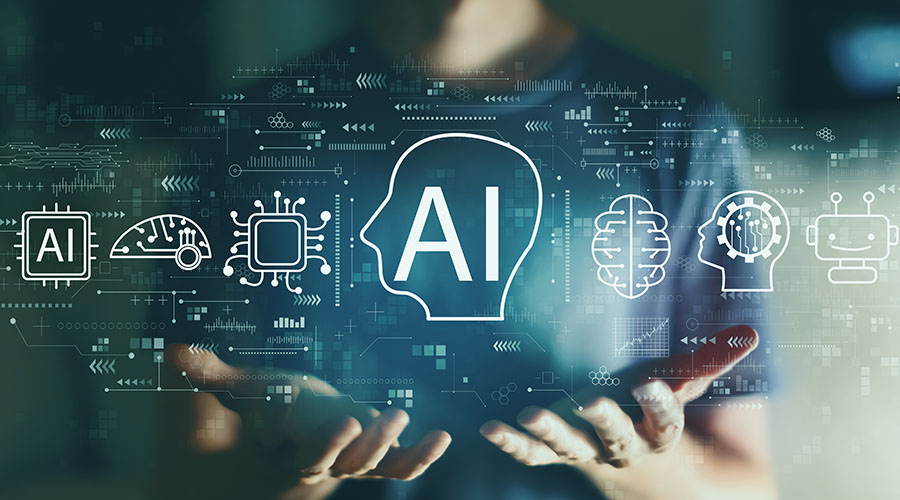
In recent years, artificial intelligence (AI) has moved far beyond data analysis and automation. From generating digital paintings to composing music and writing stories, AI has begun to enter a domain once thought to be uniquely human—creativity. This raises a powerful question: Can machines truly create, or are they only imitating human imagination?
What is Creativity?
Before comparing Artificial Intelligence and humans, it’s important to define creativity. Creativity involves:
- Originality – producing something new and unique.
- Imagination – thinking beyond existing boundaries.
- Emotion & Expression – connecting ideas with human feelings and experiences.
While AI can generate art, music, and text, the debate lies in whether it possesses true imagination or simply recombines patterns from existing data.
The Rise of Artificial Intelligence-Driven Creativity
With the help of machine learning and deep neural networks, AI systems like ChatGPT, DALL·E, MidJourney, and MusicLM can now:
- Generate realistic digital artwork.
- Write poems, blogs, and even novels.
- Compose original music tracks.
- Create video game designs and animations.
For businesses, this means content creation is faster, cheaper, and highly scalable. A company can generate thousands of ad copies or design variations in seconds—something humans simply cannot do at that speed.
Human Creativity vs AI Creativity
While AI has made progress, human creativity remains fundamentally different.
Strengths of AI Creativity:
- Speed & Efficiency – AI can generate endless variations in seconds.
- Pattern Recognition – It can remix existing styles to create new-looking outputs.
- Data-Driven Insights – AI can analyze huge datasets to inspire new ideas.
Limitations of AI Creativity:
- No Consciousness or Emotion – Artificial Intelligence doesn’t “feel” the art it creates.
- Dependent on Data – AI is limited to what it has been trained on.
- Lack of True Intent – Artificial Intelligence doesn’t create with purpose; it follows algorithms.
Humans, by contrast, create from personal experiences, emotions, and cultural context. A human poem about love carries real emotional depth, while AI can only simulate patterns of love poetry.
Real-World Examples of AI and Human Collaboration
The most exciting developments in 2025 are not AI replacing humans, but AI enhancing human creativity.
- Art & Design: Artists use AI tools like MidJourney to brainstorm ideas and generate visual concepts.
- Music: Musicians collaborate with AI to create new sounds and compositions.
- Writing: Authors use AI for research, drafting, and inspiration—but the storytelling voice remains human.
- Film & Animation: AI accelerates production, but directors and writers still drive the narrative.
This proves that the future is not AI vs. Humans, but AI + Humans.
Can AI Truly Create?
The answer depends on how we define creativity. If creativity means producing new combinations from existing knowledge, AI is already creative. But if creativity requires emotional depth, lived experience, and true originality, then AI still lags behind humans.
Philosophers argue that AI mimics creativity, while humans embody it. An AI-generated painting may look beautiful, but it lacks the intent and story behind human art.
The Future of Creativity in the Age of AI
Looking ahead, we can expect:
- Hybrid Creativity – Humans will use AI as a co-creator, combining human intuition with machine efficiency.
- Democratization of Art – AI tools will allow anyone, even non-artists, to create professional-level content.
- New Art Forms – Entirely new genres of music, design, and storytelling may emerge from human-AI collaboration.
- Ethical Questions – Who owns AI-created art? Should AI-generated works be considered “original”?
Final Thoughts
Artificial intelligence in 2025 has proven that machines can generate impressive creative outputs. But true creativity rooted in emotion, meaning, and lived human experience still belongs to humans.
Instead of fearing AI, we should view it as a creative partner. The real future of creativity is not about machines replacing humans, but about humans leveraging machines to amplify imagination.
As history shows, technology rarely destroys creativity, it expands it. And in this era, AI may be the greatest tool yet for pushing human imagination to new frontiers. Also learn about qauntum computing.
